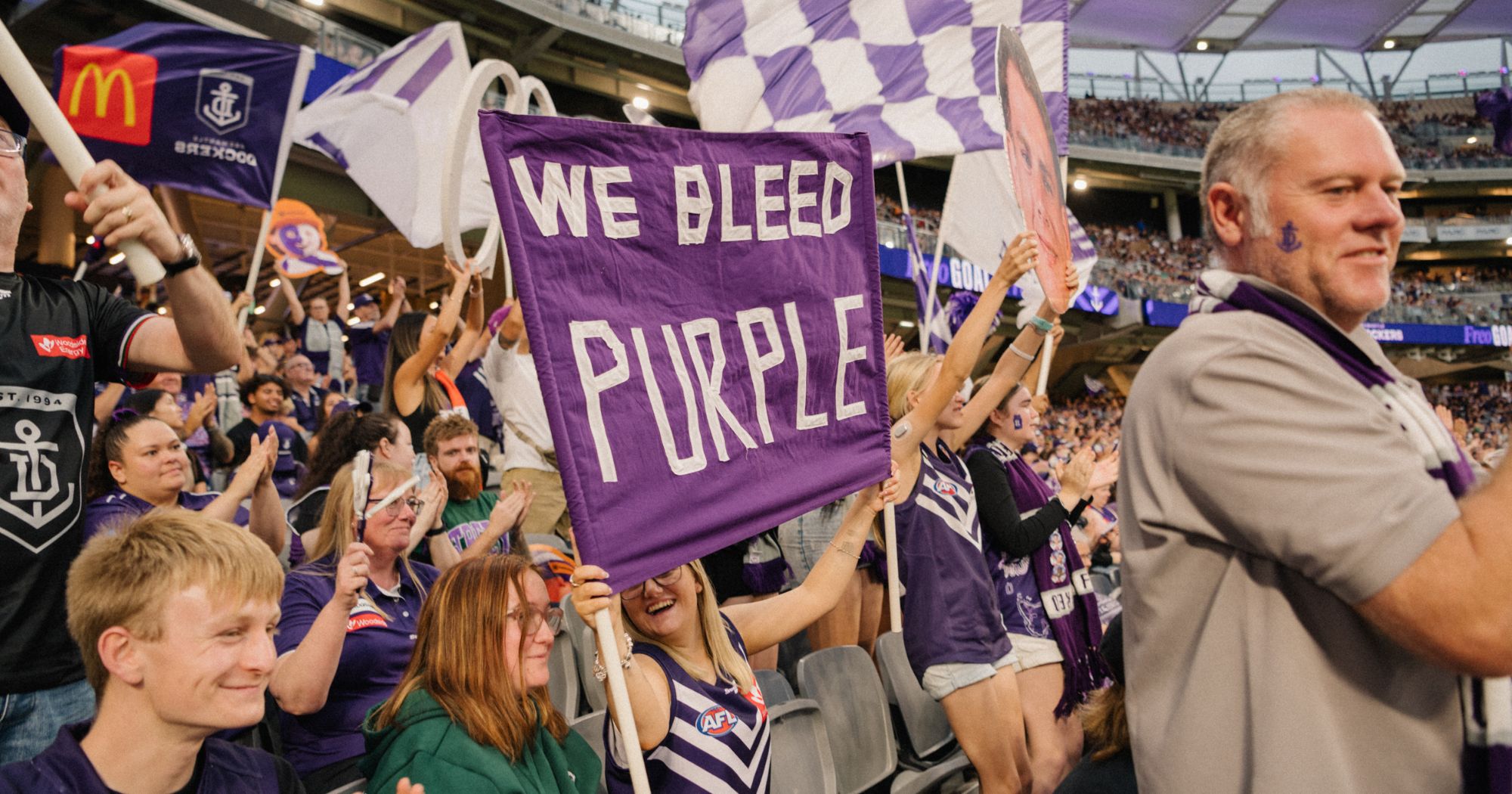The Labor government has marched its way into a majority government following the Federal election, with newly elected Prime Minister Anthony Albanese’s team on track to secure 77 seats.
To form a majority, a required target of 76 out of 151 seats is needed, which Labor acquired on Monday evening.
The basics: forming a government
The Australian Government is part of the Australian Parliament. At a federal election, the party or coalition of parties supported by the majority of members elected to the House of Representatives becomes the government.
While the government is formed in the House, there are also members of government in the Senate.
What does a majority and a hung parliament mean?
Usually, a single party is voted in by winning a majority of seats in the House of Representatives. This is different to a hung parliament, in which no political party or coalition achieves a majority in the House of Representatives.
In a hung parliament (also called a minority) it is still possible for a government to be formed if a majority can be achieved through agreements with independent or minor party members.
The last hung parliament was in 2010, where Labor had to make formal agreements with the Greens, requiring weekly meetings with the party to discuss legislative agendas, as well as undertakings with three independents in exchange for their support.
Contrary to a majority, a hung parliament can make it difficult to pass bills. For example, former Prime Minister Julia Gillard reversed her promise not to introduce a price on carbon, a decision many attributes to the division within the hung parliament.
That being said, a hung parliament is not necessarily ‘bad.’
Gillard’s minority government managed to pass more than 560 pieces of legislation, more than her predecessors Kevin Rudd and John Howard.
Albanese said it himself during his time with Gilliard, “We got every single piece of legislation through, and we were a minority government.”
The complication instead is a clash of opinions (shocking, we know). The support needed in the lower house may not have the same views and opinions as what’s needed in the upper house, making it harder for them to fulfil their agendas.
Power in numbers
In a majority government with the support of more than half the members in the House, a government can use its parliamentary majority to pass bills, propose laws and carry out its policies.
In a unique turn of events, the 47th parliament will have a record crossbench of at least 16, with four Greens and 12 Independent or other minor-party MPs.
Western Australia alone flipped four Liberal seats, increasing its representation on the front bench.
It’s a turbulent time in politics. The Liberals suffered one of their worst defeats in history, and we have a majority government for the first time since 2007. The Greens are no longer an afterthought but are making their way to a third party status, claiming seats from both major parties.
It seems the very nature of Australian politics is unravelling, and the people have shown they are ever ready for change.
Labor’s success is no accident or miracle though, and only time will tell how their future plays out.
Keep up with the latest political news at So Perth.













